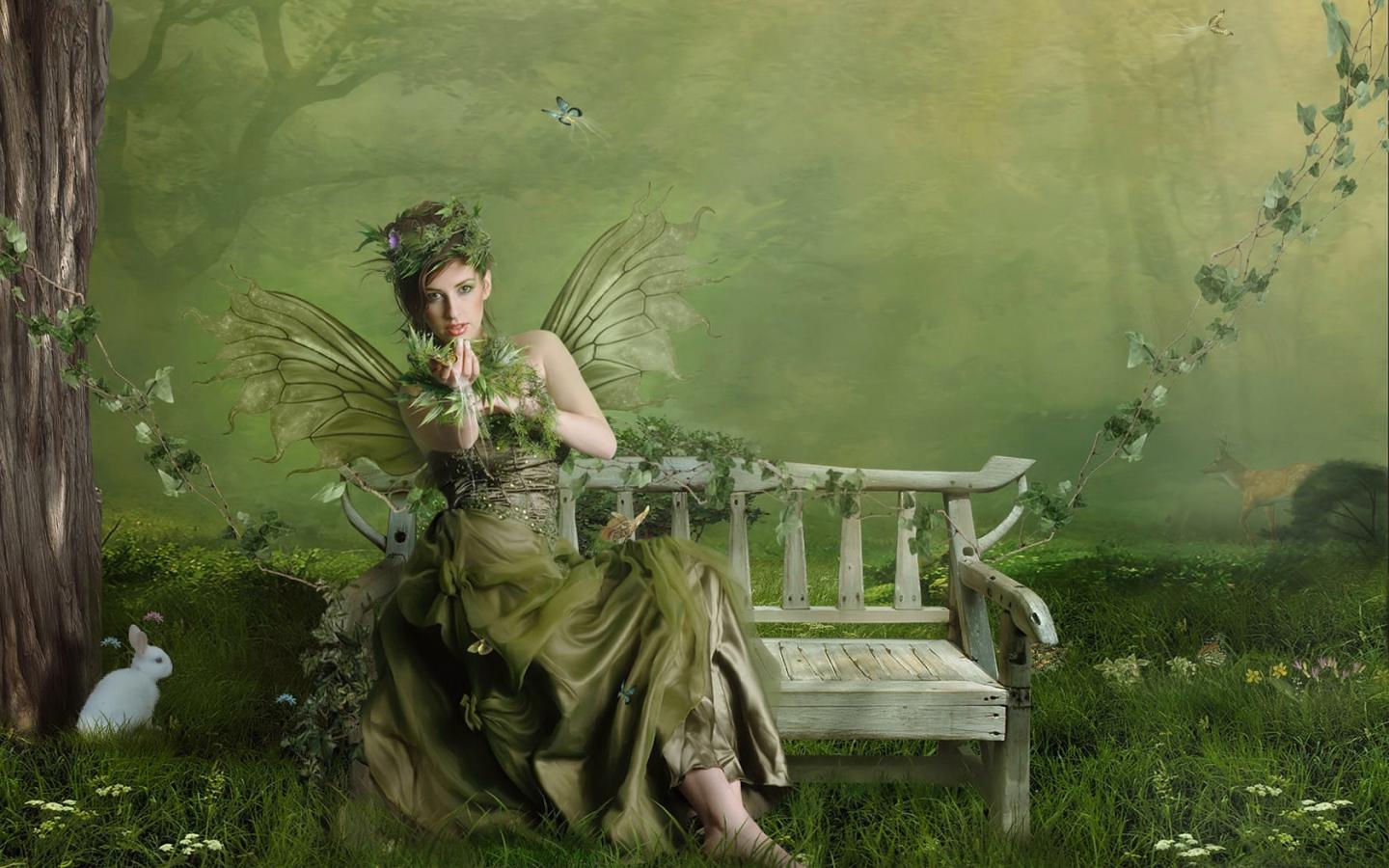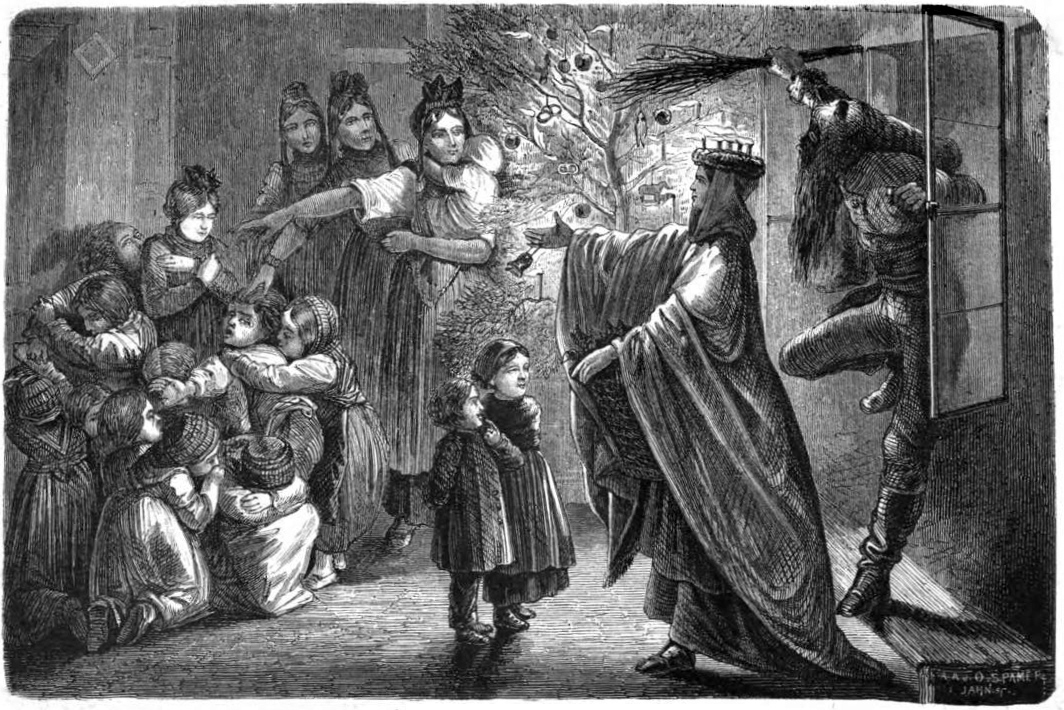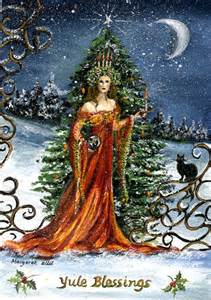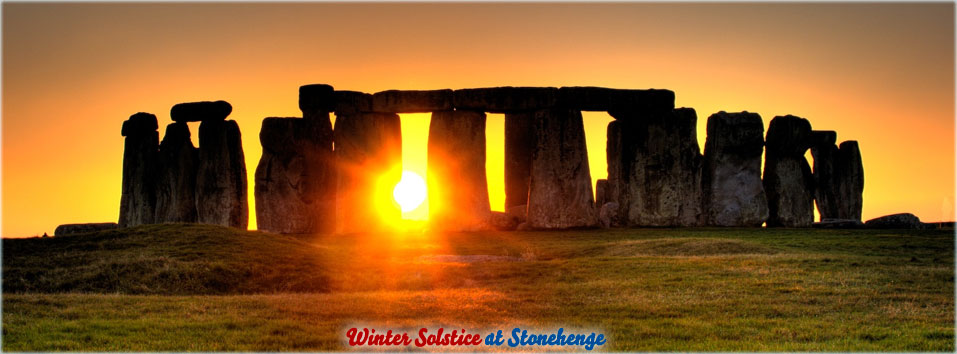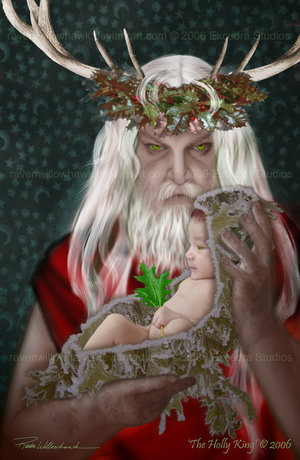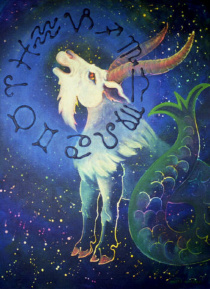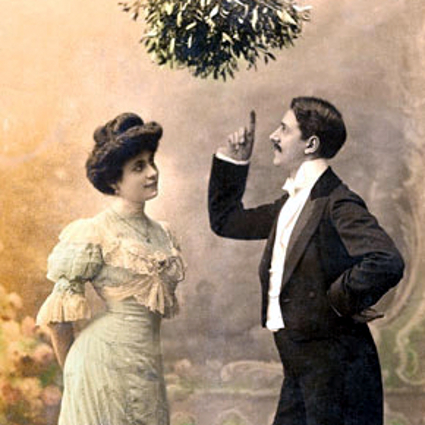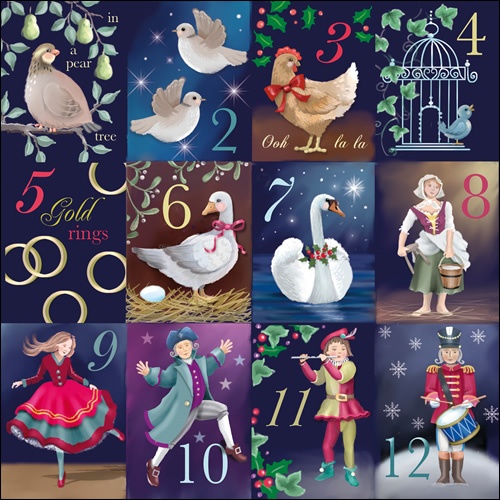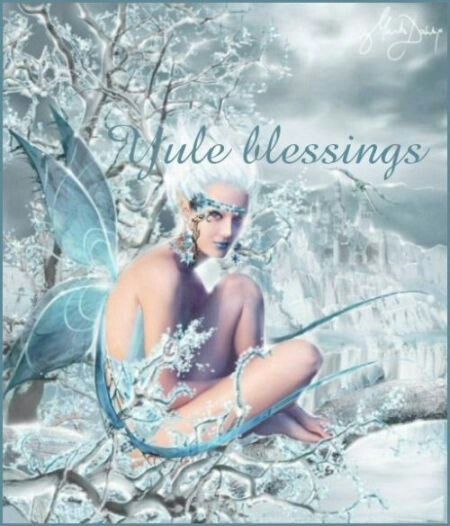
“Rhiannon rings like a bell through the night
And wouldn’t you love to love her?
Takes to the sky like a bird in flight
And who will be her lover?”
She may not exactly be a witch. Depending on who you talk to, Rhiannon may be a Celtic goddess, a Christian queen, a Welsh sorceress, or a Scottish fairy. Nonetheless, these origins are witchy enough. Rhiannon had some magickal powers, and a special connection to the Winter Solstice, which is now upon us.
On this, the longest night of December 21st, it is said that Rhiannon rides on a white horse through the dreams of her people. During this supernatural intervention, she is able to bring humans to liminal spaces and Otherworlds. There, mere mortals are able to create their own visions of glory, and make their deepest desires come true! For this reason, the night of the Winter Solstice was called “Wish Night” in Wales and Scotland.
But who was Rhiannon, and why did she have such magickal powers?
The first writings about Rhiannon appear in the Mabinogion, a collection of Welsh mythology, written between the 11th and 13th centuries. The Marinogion is considered one of the earliest works of British storytelling. However, her roots trace back much earlier, to the ancient Celts, where she appears as a sun goddess. She is associated with horses and birds, especially songbirds. Rhiannon was said to have kept three pet songbirds who tweeted melodies that had the power to wake the dead, or lull an army to sleep! She is also said to rule the element of wind.
Interestingly, the Stevie Nicks song has references to birds and wind, although Nicks claims that at the time she wrote it, she was unaware that Rhiannon had this association.
“She rules her life like a fine skylark
And when the sky is starless
All your life you’ve never seen a woman
Taken by the wind…”
Her name, “Rhiannon” comes from the Common Brittonic word for “queen”.
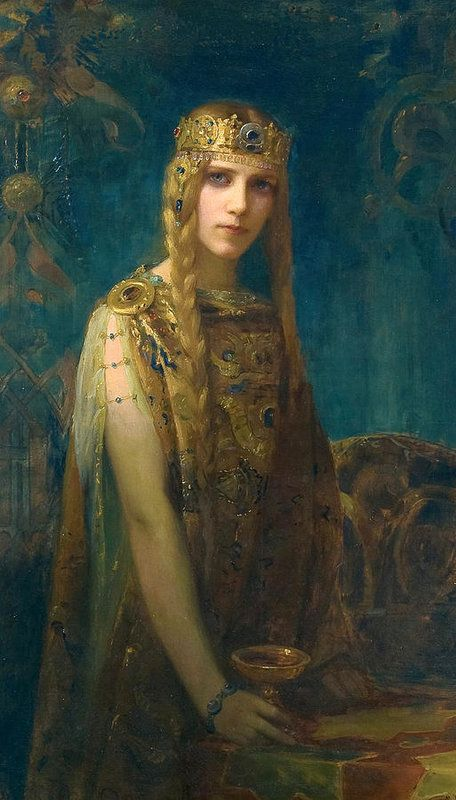
She is portrayed as wise, intelligent, powerful and strategic. She also had superhuman strength. Like King Arthur, Rhiannon is said to have ruled during the Early Middle Ages, between the fall of the Roman Empire and the rise of modern Britain.
In the Mabinogion, Rhiannon starts out as a fairy princess from the Welsh Otherworld, the daughter of a great fairy king. She was betrothed to marry a man named Gwawl, but she was not happy with this engagement. Instead, she was interested in a man named Pwyll—a human who also had supernatural powers and happened to be a king. It was Pwyll who drew Rhiannon into the human world.
Love at First Sight
One day Pwyll went to a fairy hill, and Rhiannon appeared to him as a goddess riding upon a magnificent white horse.

Needless to say, he was smitten, and rode after her. Since she knew every man loves a chase, Rhiannon outran Pwyll. The race lasted for three days, but finally Rhiannon allowed herself to be caught. Pwyll immediately proposed to her, and she happily accepted, as this would keep her from marrying the dreaded Gwawl. Rhiannon and Pwyll conspired together to fool Gwawl and get Rhiannon out of the betrothal.
As it turned out, most of the conspiring was done by Rhiannon. Pwyll seems to not have been very clever, and in the Mabinogion, Rhiannon says of her husband, “Never was there a man who made feebler use of his wits.” It was perhaps for this reason that Rhiannon, as queen consort, was said to rule early Briton, and is sometimes compared to King Arthur.

A few years after marrying Pwyll, Rhiannon gave birth to their son, a child born on May Eve, and named ‘Pryderi’. But tragically, the infant disappeared one night while under the care of his nursemaids. Because the nursemaids were scared that they would be accused of kidnapping, they came up with a plan to frame Rhiannon. (That’s loyalty for you!) Here’s where it gets really gross, so be warned.
Blood and Sacrifice
The nursemaids killed a puppy and then smeared its blood on the face of their sleeping queen. When she awoke, with blood all over her face, Rhiannon was accused of not only killing, but eating her son!
As penance, Rhiannon was made to sit outside the castle walls, and tell passersby what she had done.
“I am she who killed my only child, and this is my punishment, to sit here and tell my tale to all comers.”
This punishment went on for four years. Pwyll remained loyal to her during this time, never believing that his wife was capable of the heinous act. Rhiannon, it seems, accepted her fate and was obedient to her punishment. This, however, was a strategy as well, because as the punishment went on, the people became more loyal to Rhiannon and didn’t believe her to be guilty. Rhiannon gained the people’s acceptance through her unfair sentence. Also, by making a pubic display of things, Rhiannon knew the news of the prince’s disappearance would travel far and wide. Rhiannon realized that eventually, word may get around that her son was missing, she had been targeted unfairly, and thus he would be returned.
Return of the Son and the Sun
After the four year punishment was finished, the son did, in fact, return. He was travelling with a lord named Tyrnon, his adopted father. Because of his special fairy genes, the son had grown far beyond his four years, and now appeared as a young man. Tyrnon and Pryderi came as guests to Rhiannon’s castle. His parents suspected immediately that he was their lost boy.
As it turned out, Pryderi had been kidnapped by a monster. Lord Tyrnon had rescued him and raised him as his own. The young man, however, looked so much like Pwyll there was no doubt to his true paternity. Thus, the story had a happy ending. Pryderi remained at the castle with is true parents. Rhiannon was declared innocent of any wrongdoing. And when Pwyll died, Pryderi took over the kingdom and was a great ruler in his own right.
And as for Rhiannon…
“She is like a cat in the dark
And then, she is the darkness.”
Rhiannon went on to do many magickal things with her fairy ways. She was said to be a great mathematician, and the patterns of the solstice were calculated by her. This may have been the reason why she had special powers during the winter solstice, which is also, it should be noted, the return of the sun!
On this night, Rhiannon has the ability to infiltrate the dreams of humans. It is said she can then transport them to Otherwords, and Otherlands. Here, where time and dimensions are different, mere mortals are given the gift of creating their own visions. Hence, they can make manifest their deepest desires.
So be careful what you wish for tonight. Rhiannon may visit you, transport you to the Otherworld, and help make your dreams come true!










